Nigeria has many heritage sites that are significant to the country’s history and traditions. These sites showcase the nation’s diverse landscapes and rich cultural tapestry. From ancient cities to natural wonders, these landmarks are a source of pride for Nigerians.
Here are five must-visit heritage sites in Nigeria that offer a glimpse into the country’s fascinating past.
1. Sukur Cultural Landscape
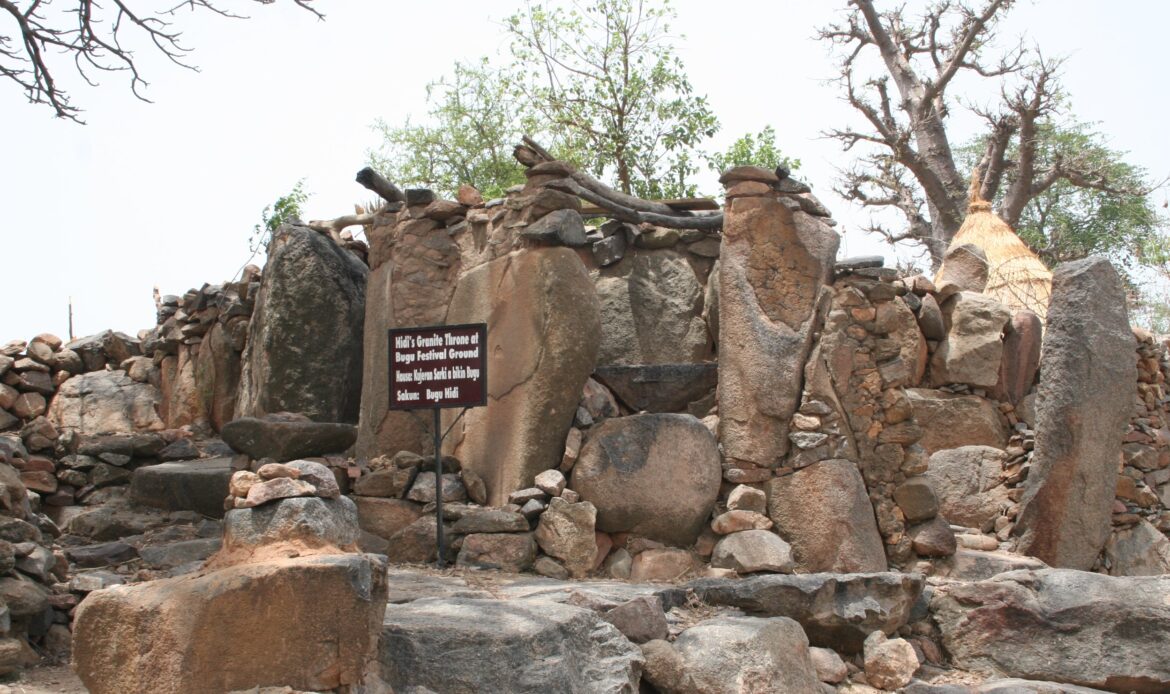
The Sukur Cultural Landscape is located in the Madagali local government area of Adamawa State. It is an opportunity to learn about the ancient traditions of the Sukur people, who adapted to their mountainous environment with terraced fields, stone structures, and fortified settlements.
The Palace of the Hidi (Chief) sits atop a hill overlooking the villages below. It’s a stunning view that includes terraced fields with sacred symbols and remains from a once-flourishing iron industry. The Sukur Cultural Landscape physically represents a society’s spiritual and material culture.
Visitors can enjoy the beautiful scenery, learn about traditional agricultural practices, and explore the ruins of the Sukur Kingdom. This provides valuable insights into a rich cultural heritage that has endured for centuries.
Read: UNESCO World Heritage Sites in Nigeria
2. Alok Ikom Stone Monoliths
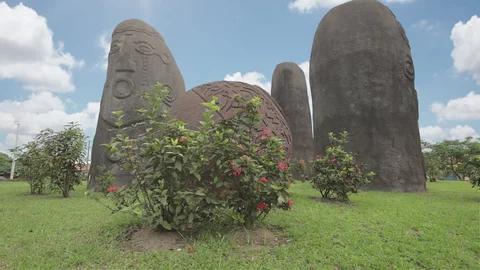
The Alok Ikom stone monoliths are a group of volcanic stone sculptures located in Ikom, Nigeria. They were made between the 16th and early 20th centuries and range in height from one to six feet (0.3 to 1.8 m). There are around 300 of them.
What makes these stones unique are the carvings found across them. The carvings include repeating patterns, stylized faces, and inscriptions. Archaeologists have been fascinated by these inscriptions, believed to be a form of visual communication and writing. They contain a language that has only recently become lost and could hold the key to unlocking an unknown culture.
The Standing Stones of Nigeria are located in Cross River State in southern Nigeria. The area is inhabited by various tribal communities of the Ekoi people.
3. Ogbunike Caves
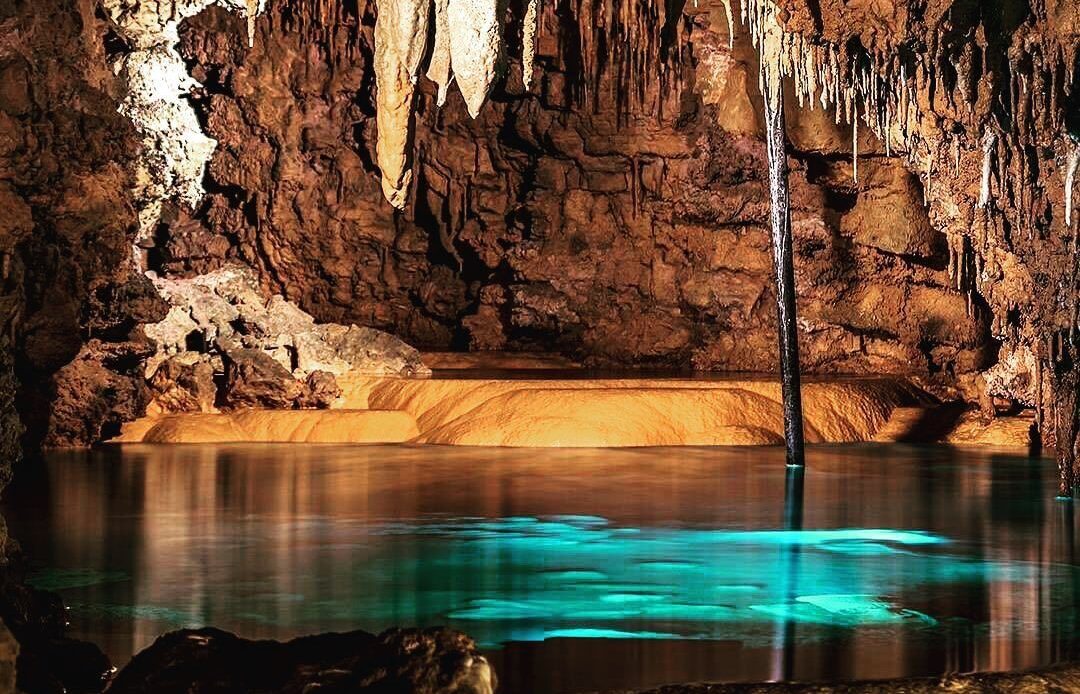
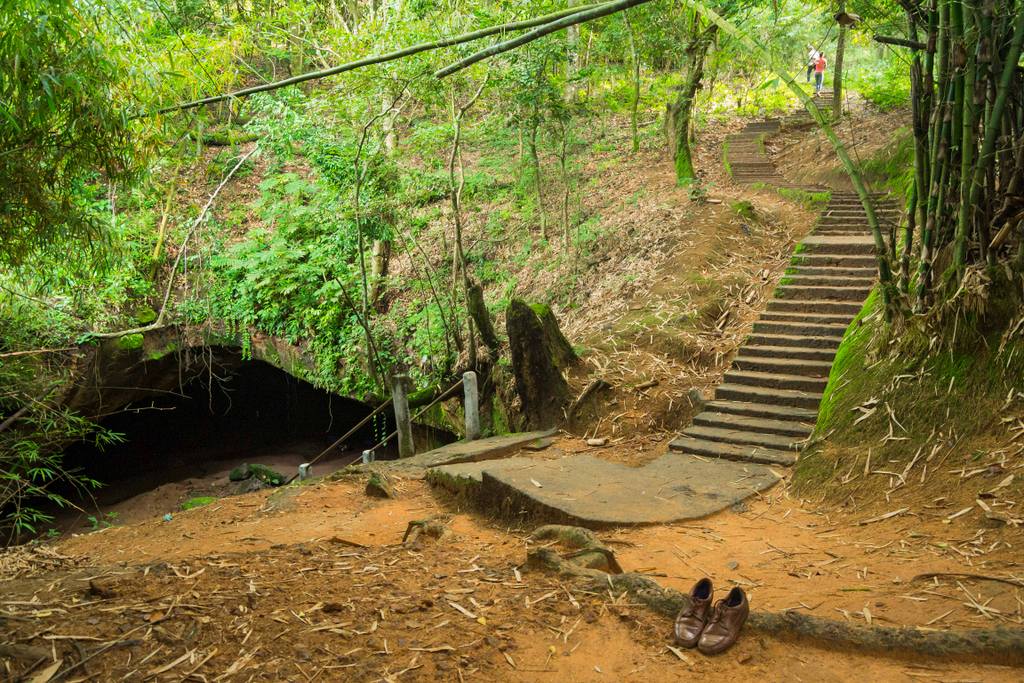
The Ogbunike Caves are a natural wonder situated in Anambra State. They are known for their mystical atmosphere and were carved out of limestone over many centuries by water erosion. The caves comprise a network of chambers, tunnels, and underground streams hidden amid lush greenery and have captivated visitors for generations.
The caves hold spiritual significance for the Igbo people, and visitors can explore the caves, swim in the crystal-clear waters of the underground river, and marvel at their beauty. However, per tradition, visitors must remove their shoes before entering the caves. Women having their monthly cycle are not allowed to enter the caves.
The cave’s spiritual significance is still apparent, as the “Ime Ogba” celebration is held every year to commemorate its discovery.
4. Osun-Osogbo Sacred Grooves
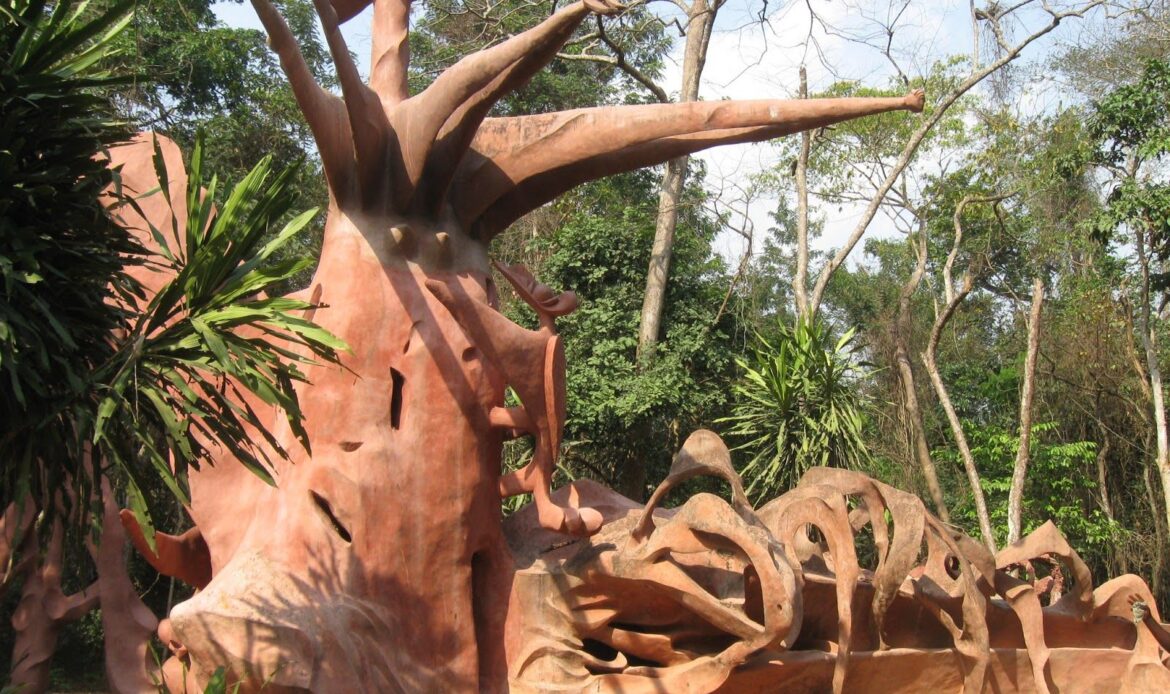
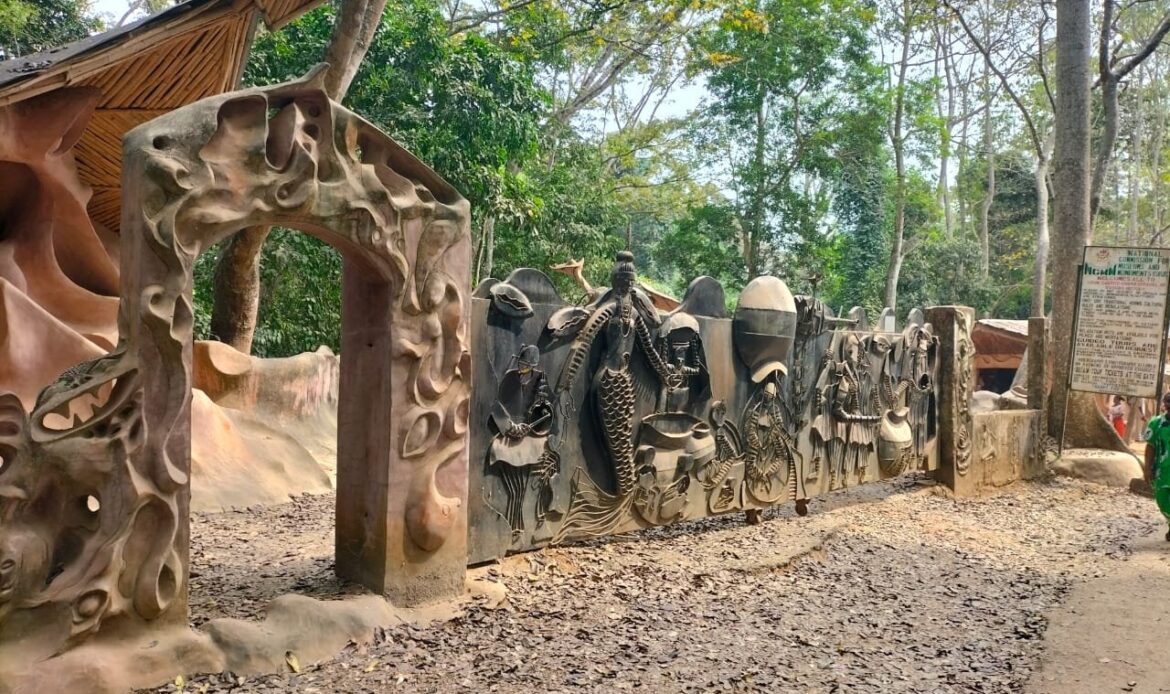
The Osun-Osogbo Sacred Grove is a peaceful forest in Osogbo, Osun State, recognized as a UNESCO World Heritage Site. Dedicated to Osun, the Yoruba goddess of fertility and water, this grove features sacred artworks, sculptures, and shrines throughout its tranquil pathways.
Visitors can participate in traditional rituals and admire the intricate sculptures that decorate the grove, making it a truly enchanting experience.
Read: Ojude Oba Festival: A Cultural Display of Unity and Heritage
5. Benin Moat
The Benin Moat, also known as the Walls of Benin, is a series of massive earthworks surrounding Benin City in Nigeria’s Edo State. Built between 800 AD and 1460 AD, they protected the ancient Benin Kingdom’s capital.
In 1974, the Guinness Book of World Records recognized the walls of Benin City as the world’s second-largest man-made structure by length, following China’s Great Wall. Today, visitors can explore the remnants of the walls and moat, visit the historic gates, and learn about the cultural significance of this remarkable feat of ancient engineering.
